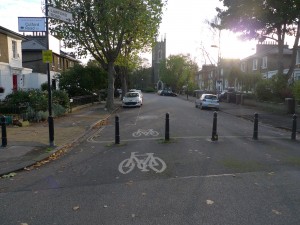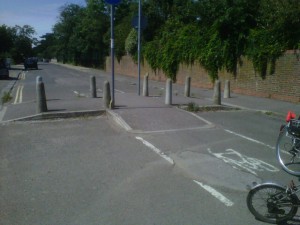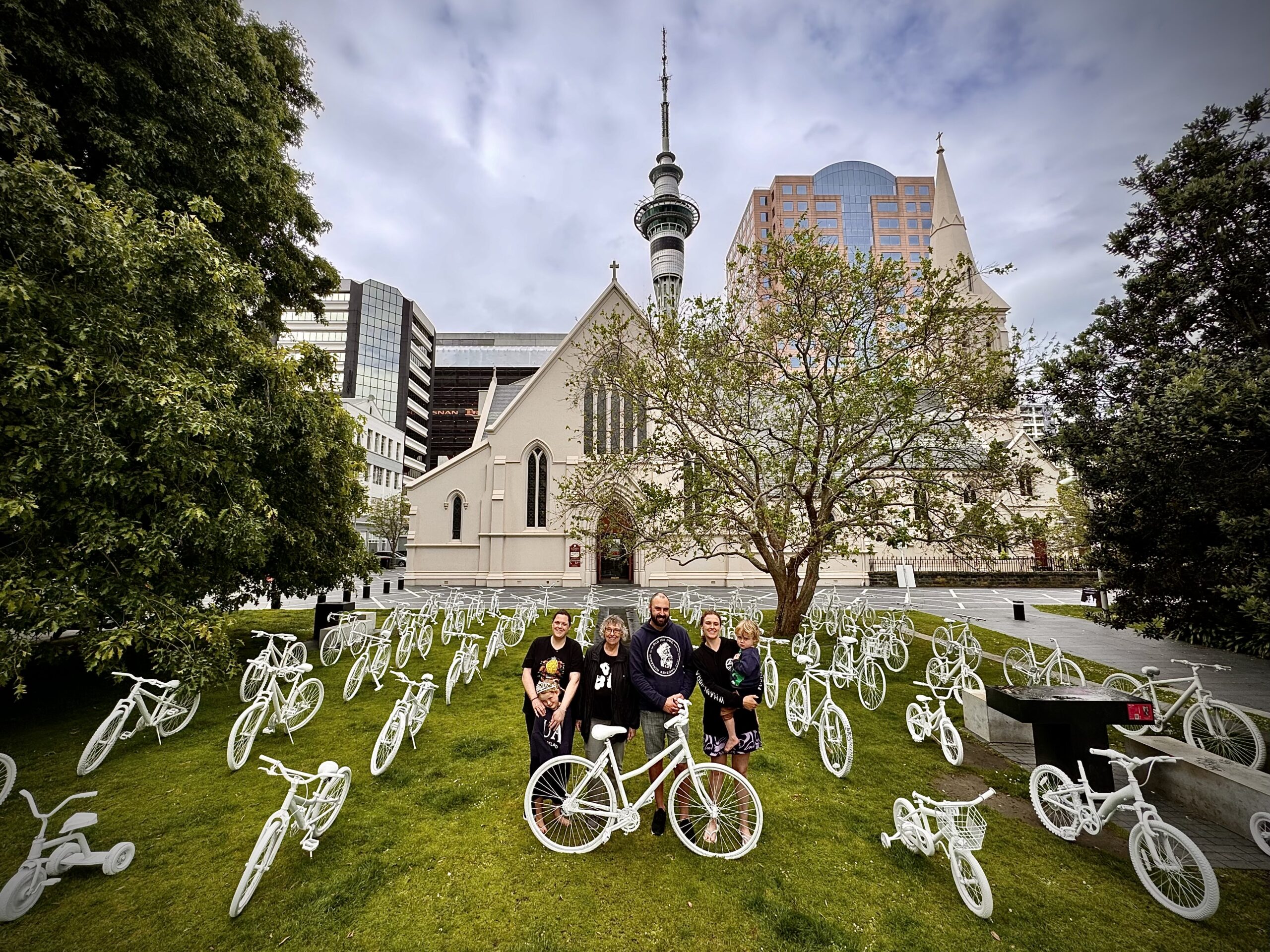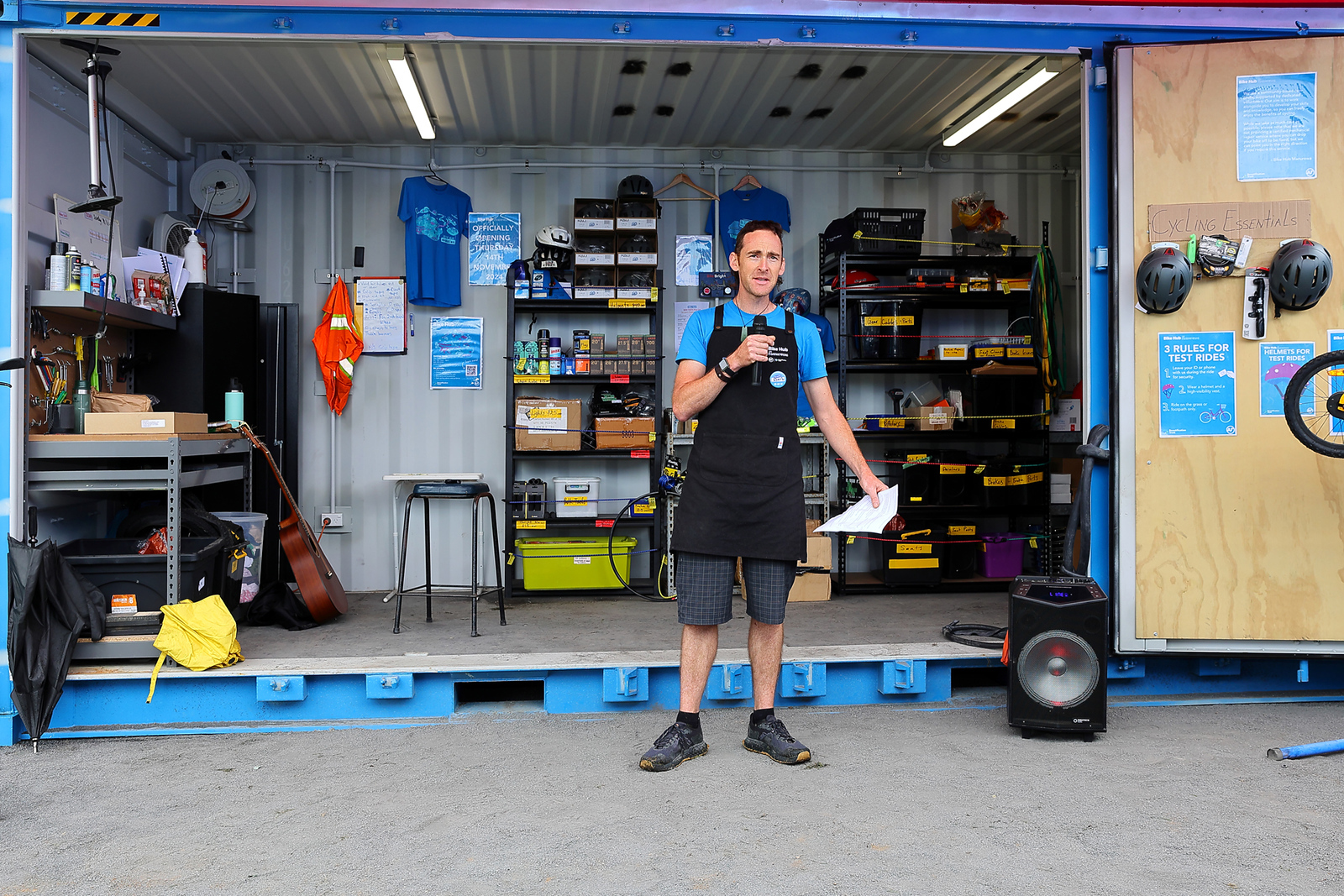
One of the easy fixes that are around to improve the traffic environment for cycling is “filtered permeability”. This is where a road is made a thoroughfare for active modes but access only for motor vehicles. This is used very effectively in the Netherlands and also has had great success in Hackney in London.
This article discusses a situation of filtered permeability that has occurred in Chicago where the 18 month old process of building a bridge has cut a road in half for motor vehicles but been left open for active modes. This has resulted in a big drop in the number of cars and a corresponding increase in cycling and walking in the area. Cars can still access the street but it is no longer a through road.

The really great thing is that this approach doesn’t require expensive changes to the street scape or expensive cycle infrastructure. It also doesn’t involve removing parking (in fact it can allow the adding of a parking space or two) or taking road space from motor vehicles.
All it requires is political will and for motorists to be prepared to go a slightly longer route to their destination – a tall order I know. This treatment wouldn’t be appropriate of course for arterials, more for residential destination roads that may be used for rat running to avoid busy arterials. Joined together and adequately sign posted, these routes can create a powerful network for cyclists.
I always like to look at this article and video from Bicycle Dutch to remember that none of this is rocket science or overly expensive. What it definitely is, is extremely effective at creating a pleasant walking and cycling environment as well as raising the value of the properties on those streets.



